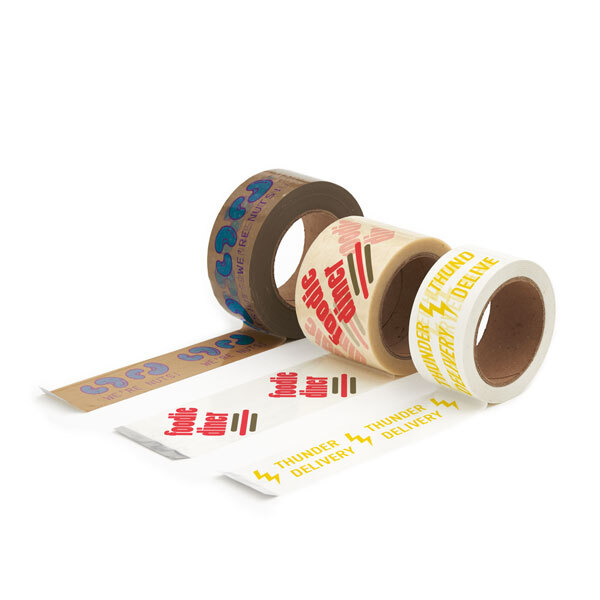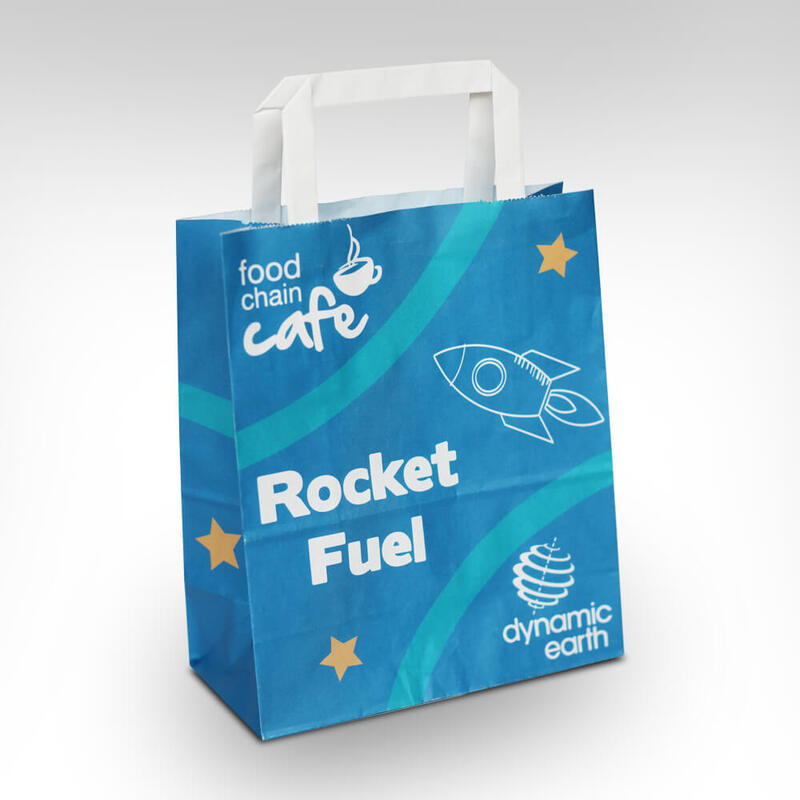Feb . 17, 2025 16:48
The evolution of packaging tape may seem mundane to the untrained eye, but for experts who have been in the industry for decades, it's a fascinating journey marked by innovation, adaptation, and an understanding of nuanced customer needs. Packaging tape is not just about holding things together; it embodies a meticulous balance of material science and engineering designed to meet the rigorous demands of modern logistics.

Reflecting on personal experiences with packaging solutions, it's intriguing how far the industry has traversed. Years ago, tapes primarily served simple functions with limited material choices like cellophane and basic adhesives. However, the mounting pressures of improved supply chain efficiency, durability, and environmental consciousness have propelled the industry to explore advanced substrates and tailor-made adhesives. This transformation is a testament to the industry's dynamism, driven by consumer demand for reliability and sustainability.
From a professional standpoint, the foray into enhanced product offerings introduced tapes crafted from bioplastic materials and sustainable adhesives. This innovation not only meets the high environmental standards many organizations today aspire to but also maintains the efficacy expected of traditional materials. For instance, utilizing biodegradable PLA (Polylactic Acid) films allows packaging tapes to perform robustly while reducing carbon footprints significantly compared to conventional counterparts. This sophisticated integration of environmental consciousness with functional performance exemplifies the industry's ability to adapt proactively.

Expertise in packaging tape also extends to understanding the specific application requirements and suggesting solutions that optimize efficiency. For businesses shipping fragile items, reinforced gummed paper tapes provide superior edge protectiveness, thanks to their water-activated adhesion, which creates a tamper-evident seal. This approach assures clients that their products remain secure and protected from tampering, thereby bolstering customer trust.
Moreover,
the seamless marriage of technology and packaging solution has been transformative. Smart packaging tape integrates QR codes and RFID tags, enabling real-time tracking and enhanced inventory management. This technological infusion not only improves logistical efficiency but also adds a layer of security and transparency, highly regarded in sectors like pharmaceuticals and high-value goods.
packaging tape
In terms of authoritativeness, industry leaders play a vital role in shaping best practices by promoting standards that prioritize efficacy and safety. The involvement of organizations such as the Standards Council provides a benchmark for quality assurance, enabling consumers and businesses to make informed choices. Adhering to such standards ensures the packaging tape not only performs optimally under diverse conditions but also adheres to regulatory requirements, assuring clients of its reliability and safety.
Trustworthiness remains a cornerstone principle that the packaging industry strives to uphold, especially amid growing skepticism towards corporate sustainability claims. Evidencing compliance through certifications and endorsements from trusted third-party entities enhances product credibility. For instance, packaging tapes with certifications from regulatory bodies like FSC (Forest Stewardship Council) and ISO (International Organization for Standardization) reflect a commitment to sustainable sourcing and high manufacturing standards.
Drawing from a wide spectrum of case studies, one can see firsthand the implications of choosing the correct packaging tape. A logistics company, having integrated reinforced filament tape, minimized breakage incidents during transit, achieving a significant reduction in return rates and customer complaints. This underscores the importance of aligning the right adhesive solution to the correct application, guided by empirical data and expert recommendations.
In conclusion, packaging tape has transitioned from a simple commodity to a multifaceted solution integral in modern commerce. From enhancing product protection to contributing to sustainability goals, the breadth of utility that packaging tape offers is substantial. It represents not just a binding agent for parcels but a critical component that embodies innovation, environmental stewardship, and technological integration. As industries continue to navigate complexities in their logistical frameworks, packaging tape stands out as a pivotal solution that not only meets but exceeds, multifarious demands.





